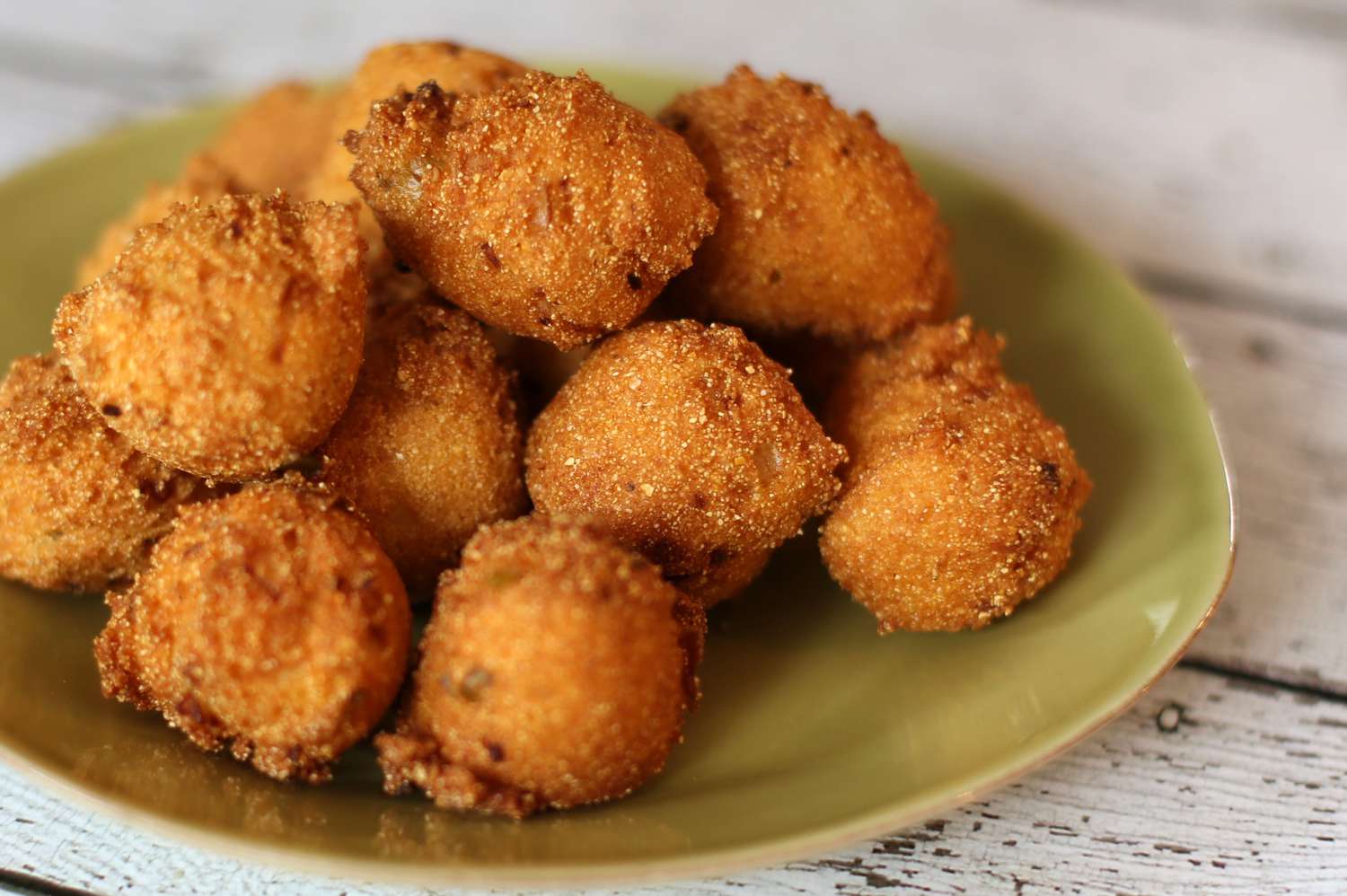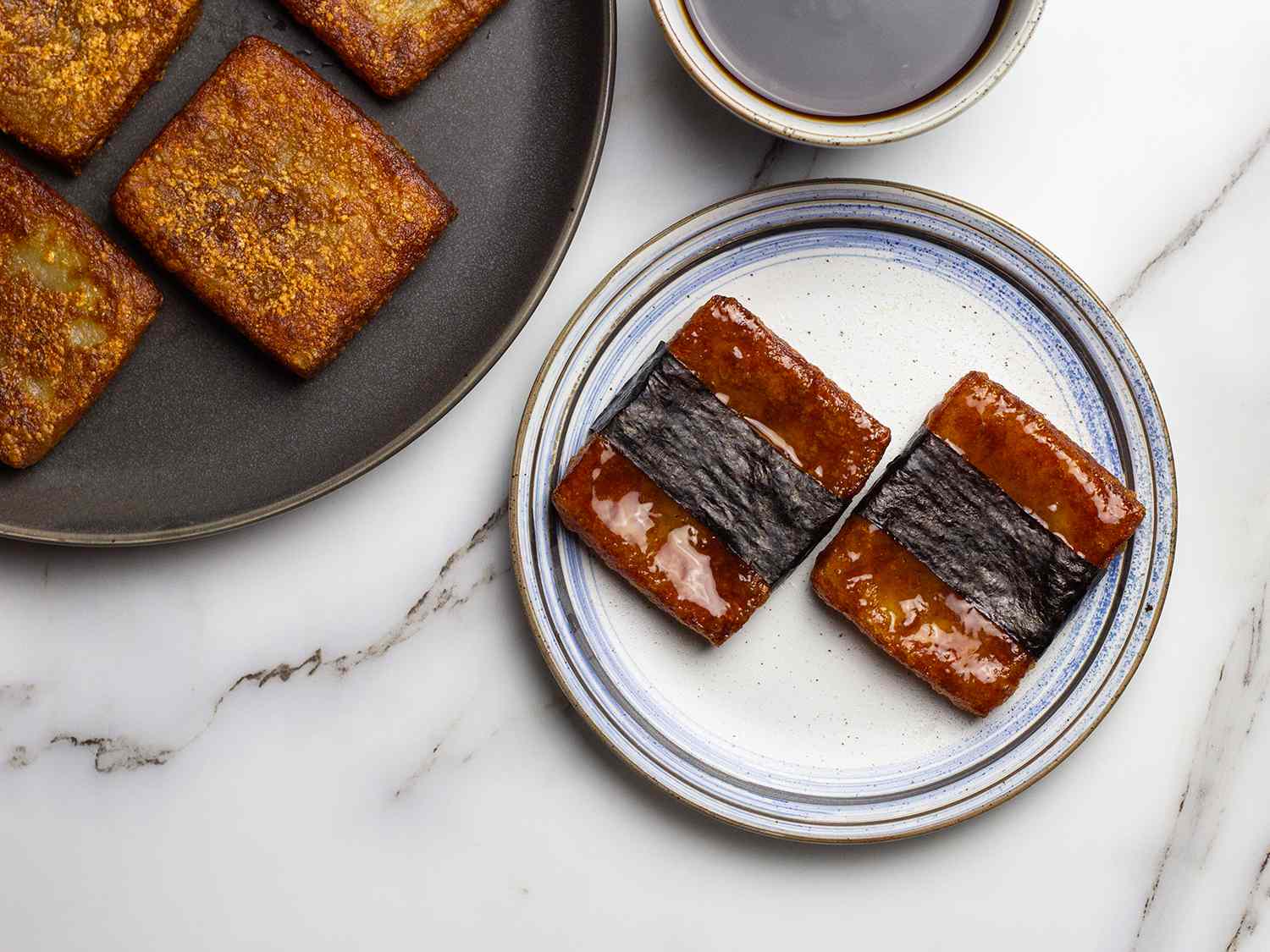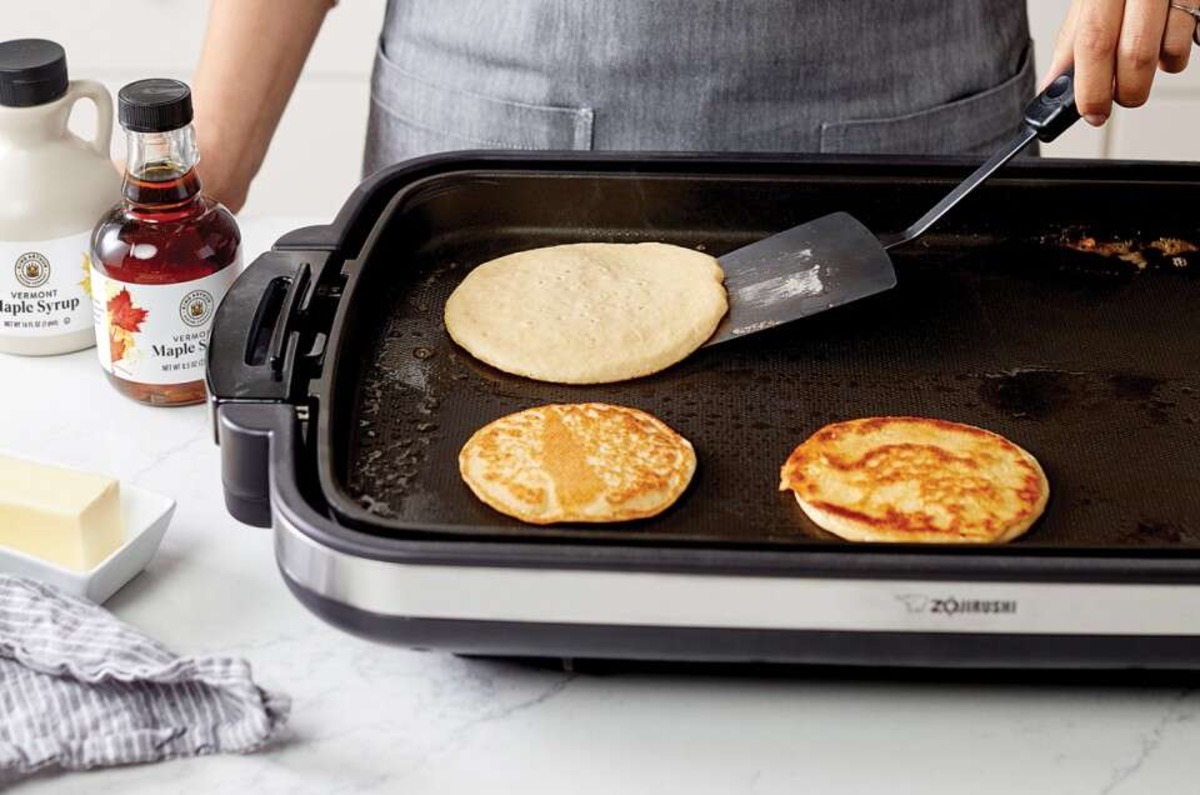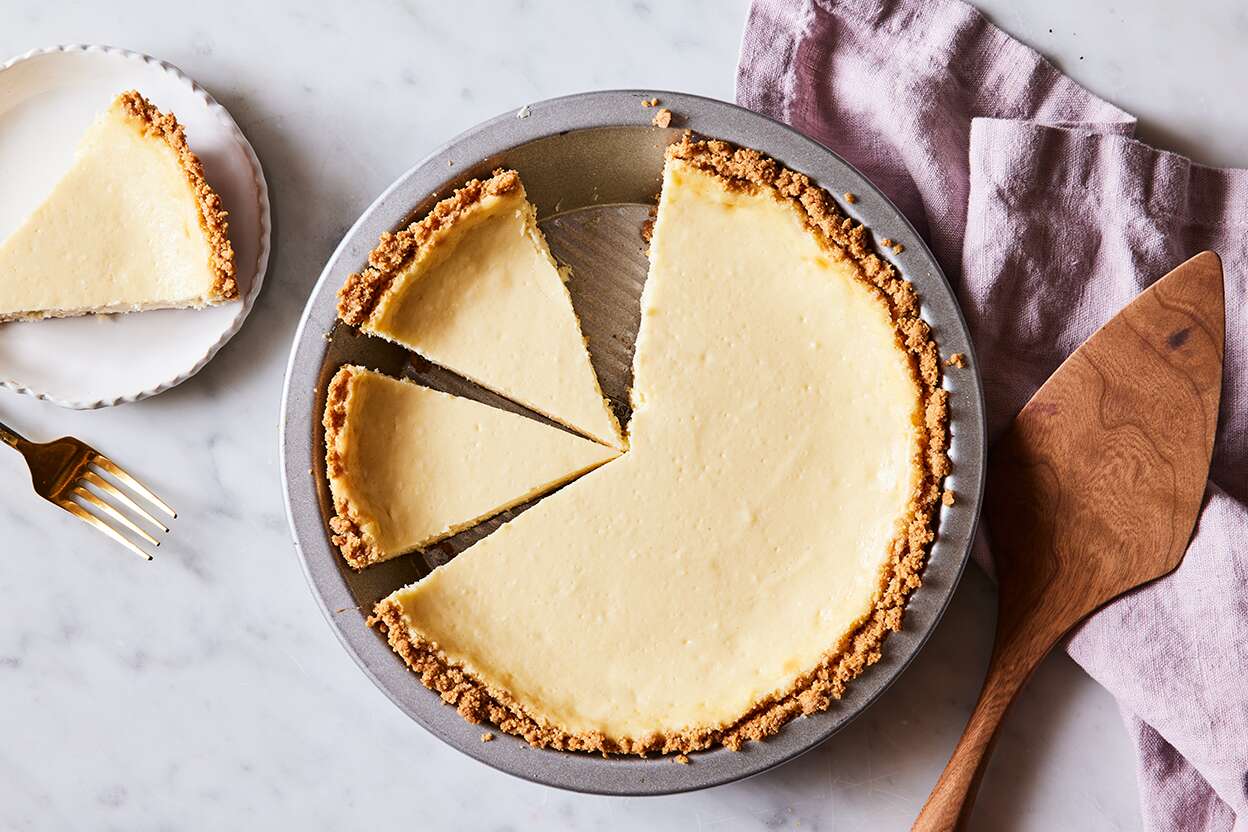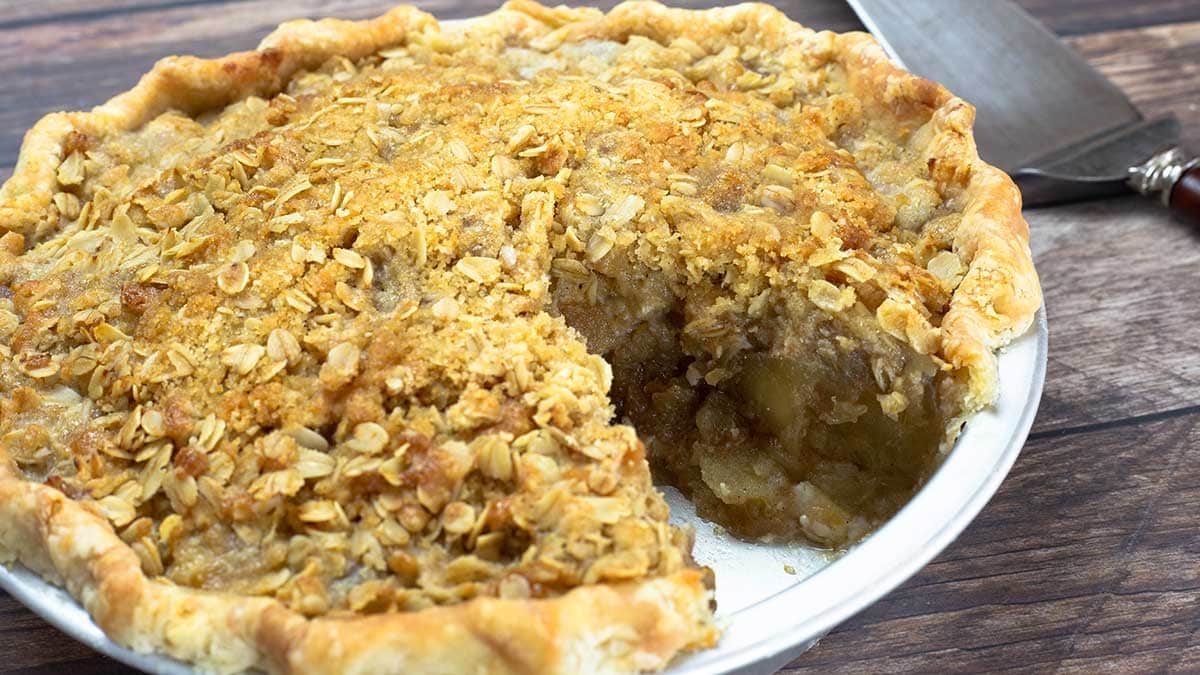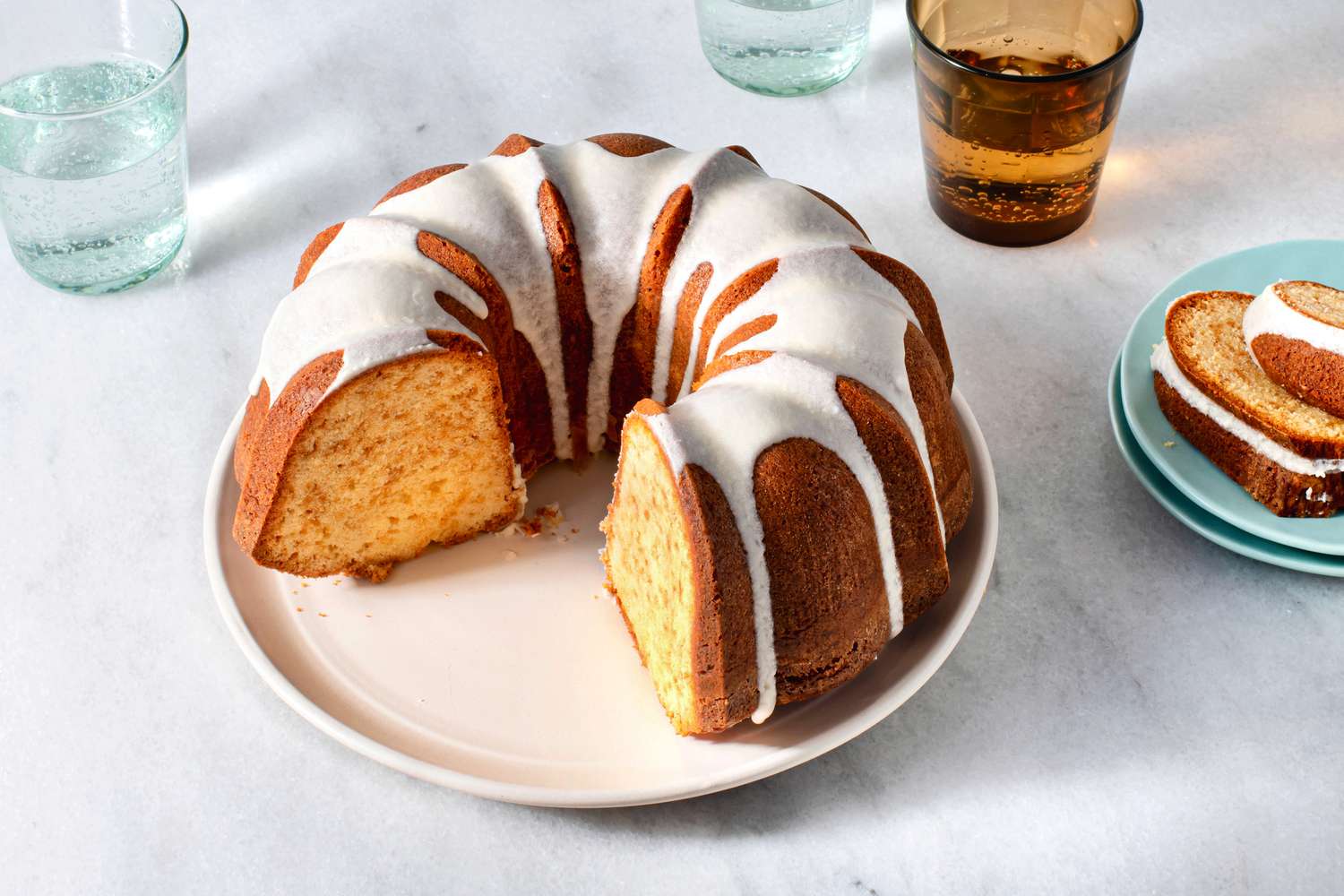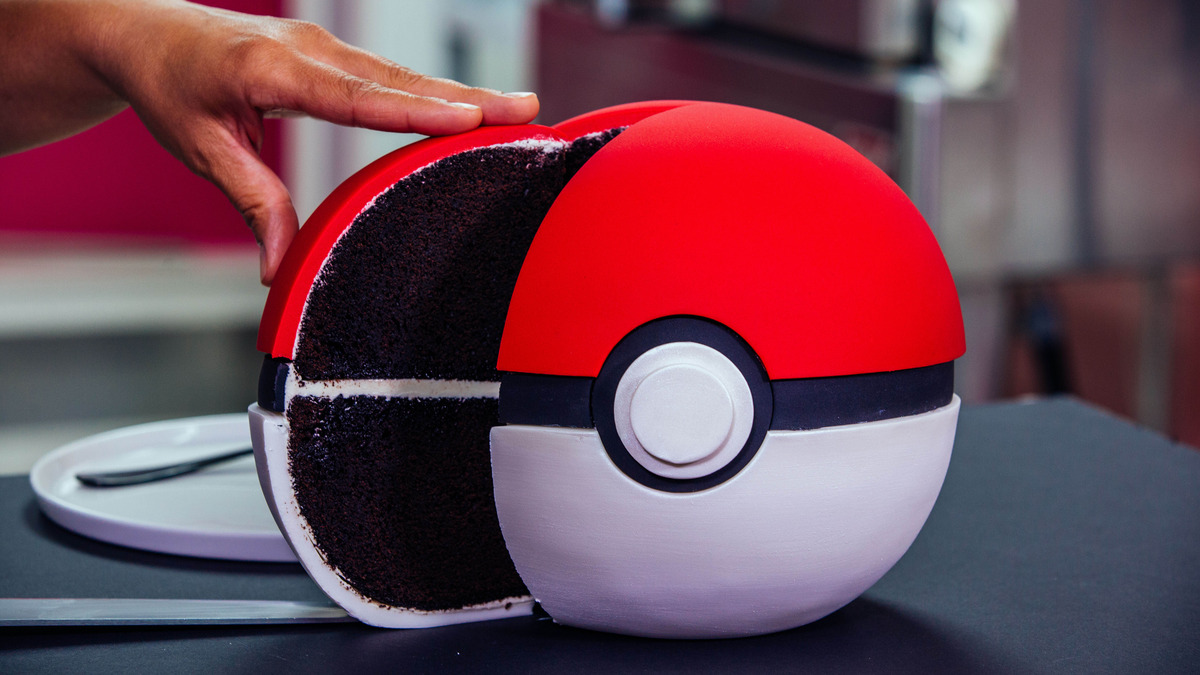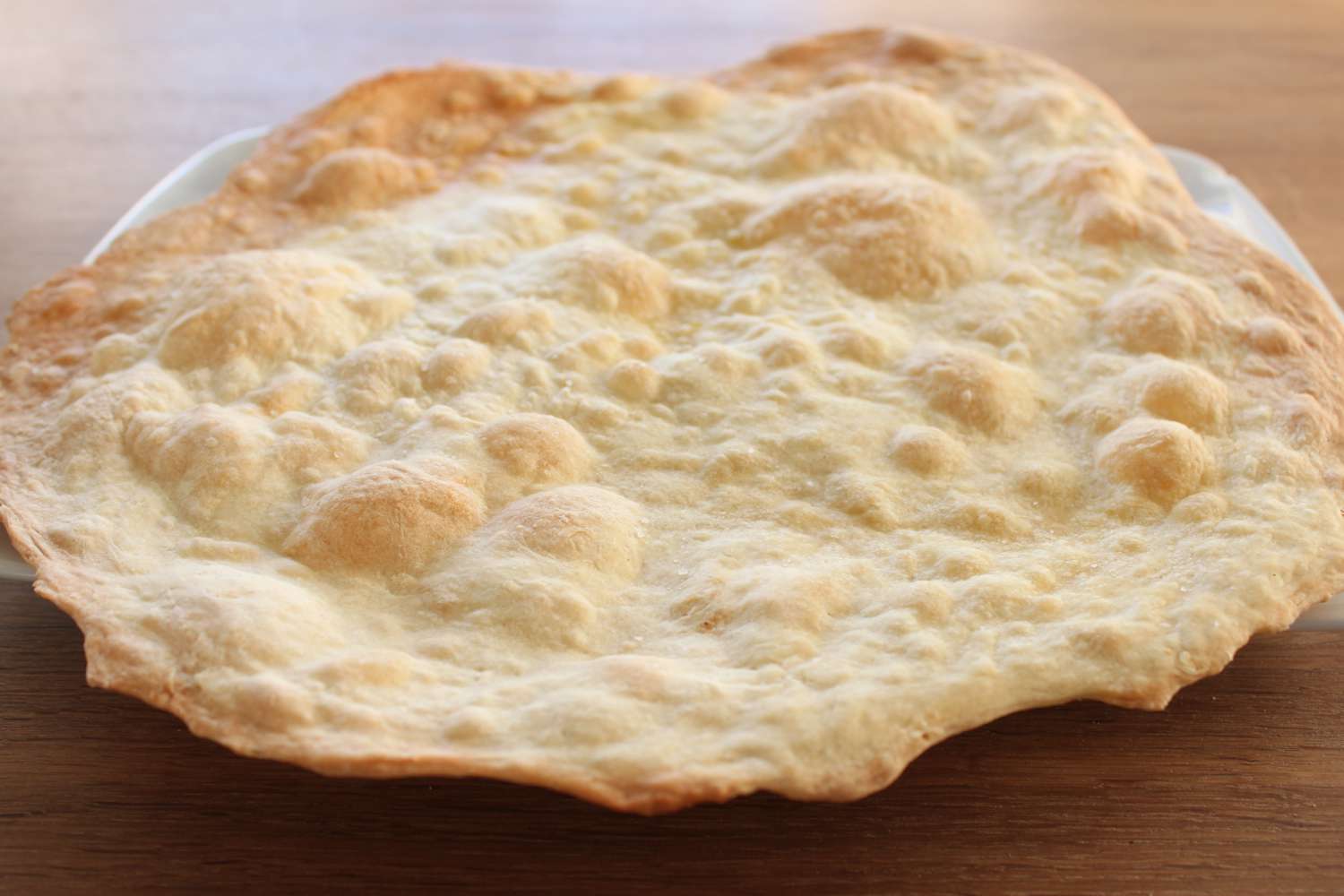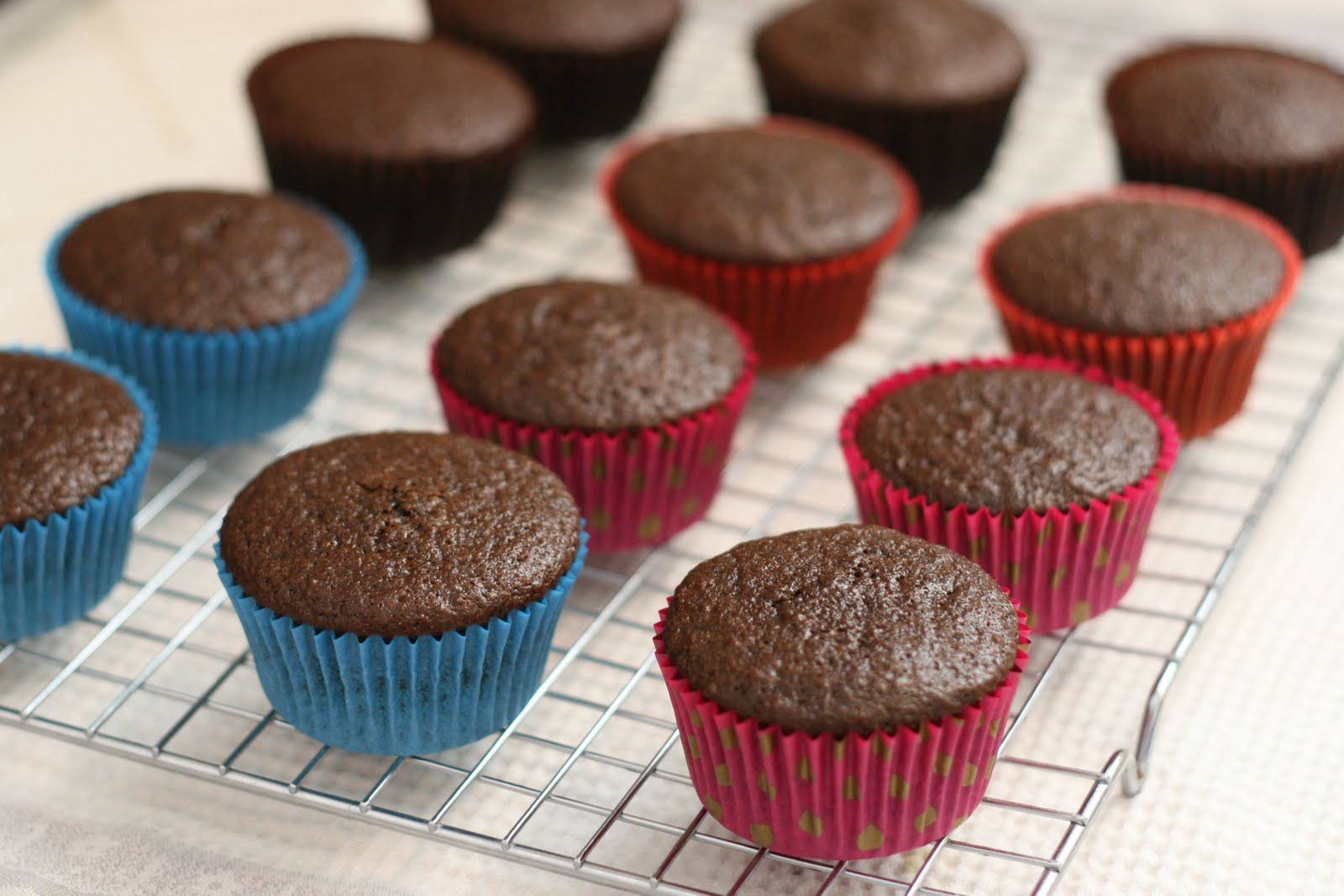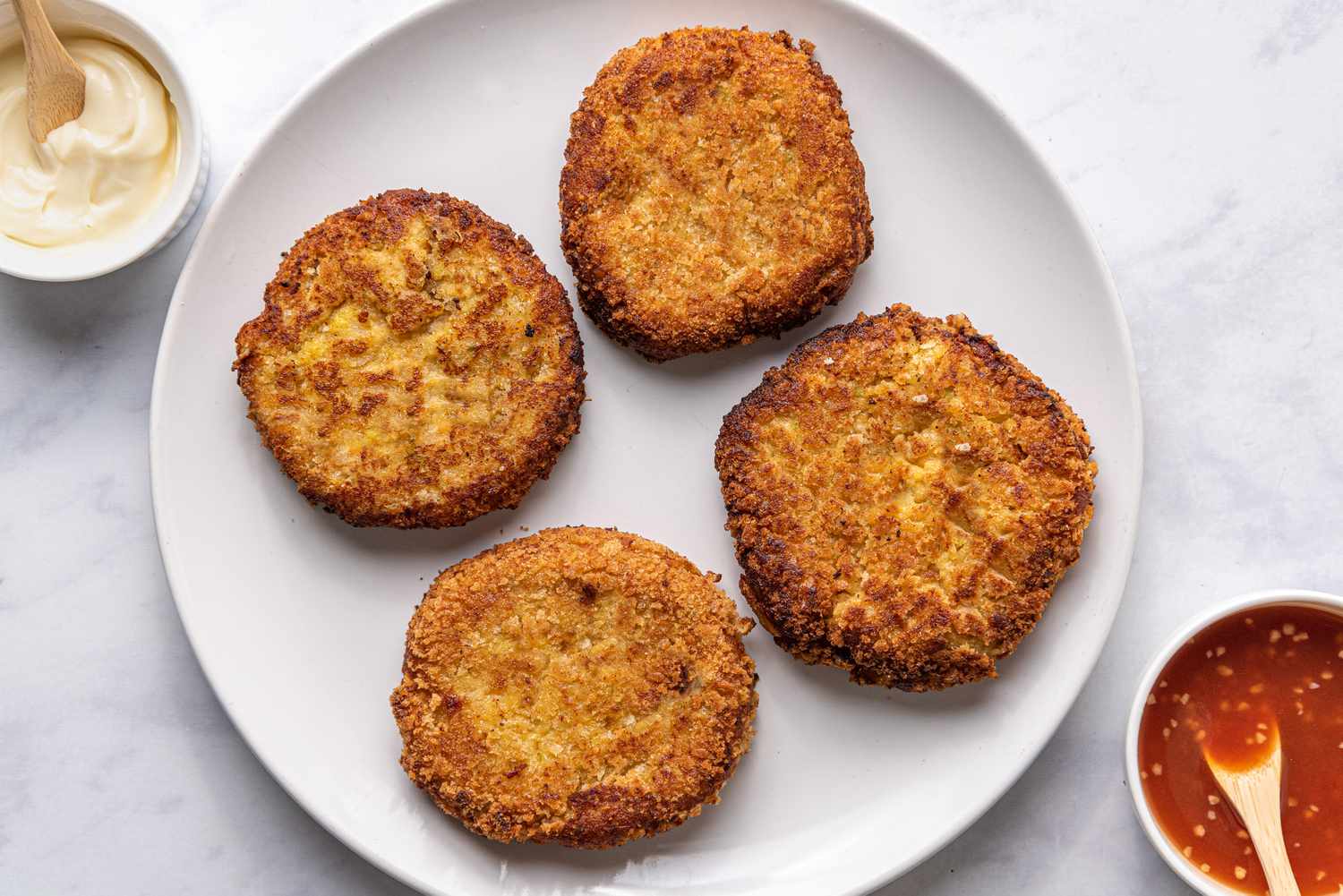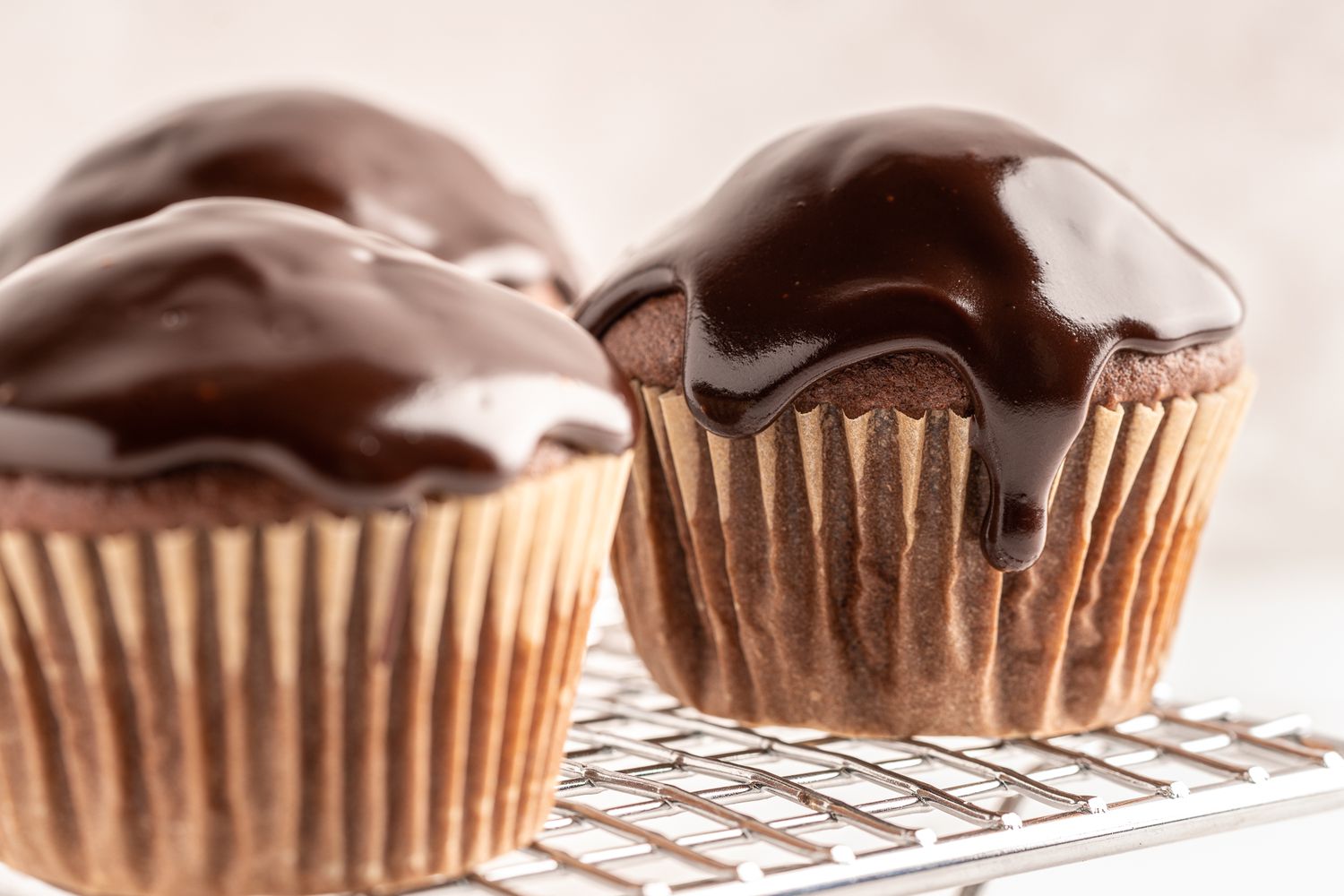Easy and Delicious Bread Baking with Silicone Molds
Are you ready to elevate your bread baking game? Using silicone molds to bake bread is a game-changer. Not only does it make the process easier, but it also produces beautifully shaped loaves that are perfect for sharing or enjoying on your own. In this guide, we’ll walk you through the simple steps to bake bread in silicone molds, so you can enjoy fresh, homemade bread whenever you want.
Why Choose Silicone Molds?
Silicone molds offer several advantages when it comes to baking bread. Here’s why they are a great choice:
- Non-stick: Silicone molds are naturally non-stick, making it easy to remove the bread once it’s baked.
- Flexible: The flexibility of silicone molds makes it simple to release the bread without damaging its shape.
- Even Baking: Silicone distributes heat evenly, resulting in bread that is perfectly baked on all sides.
- Easy to Clean: Silicone molds are dishwasher safe and can also be easily hand washed, making cleanup a breeze.
Steps to Bake Bread in Silicone Molds
Now that you understand the benefits of using silicone molds, let’s dive into the steps to bake bread using this versatile bakeware.
- Prepare the Dough: Start by preparing your favorite bread dough. Whether it’s a classic white bread, whole wheat, or a flavorful herb-infused dough, the choice is yours.
- Grease the Molds: Even though silicone molds are non-stick, it’s a good idea to lightly grease them to ensure easy release of the bread after baking.
- Shape the Dough: Once the dough has risen, gently shape it into the desired size and place it into the greased silicone molds.
- Let it Rise: Cover the molds with a clean kitchen towel and allow the dough to rise until it reaches the desired size.
- Bake the Bread: Preheat your oven to the recommended temperature for your bread recipe and then place the silicone molds on a baking sheet. Bake the bread according to the recipe’s instructions.
- Cool and Enjoy: Once the bread is baked to golden perfection, remove the molds from the oven and let them cool for a few minutes. Then, carefully remove the bread from the molds and allow it to cool completely on a wire rack before slicing and enjoying.
Tips for Baking Success
Here are a few additional tips to ensure your bread baking experience with silicone molds is a success:
- Fill the Molds Appropriately: Avoid overfilling the molds to prevent the bread from spilling over the edges during baking.
- Experiment with Different Shapes: Silicone molds come in various shapes and sizes, so don’t be afraid to experiment with different options to create unique loaves of bread.
- Monitor Baking Time: Keep an eye on the bread as it bakes to ensure it doesn’t overcook. Silicone molds may require slight adjustments to the baking time compared to traditional metal pans.
- Enjoy Fresh or Freeze for Later: Once baked, your bread can be enjoyed fresh or frozen for later use. Simply wrap it tightly in plastic wrap and then in foil before placing it in the freezer.
Get Creative in the Kitchen
Baking bread in silicone molds opens up a world of possibilities. Whether you’re a seasoned baker or just starting out, using silicone molds can add a fun and convenient twist to your bread baking routine. So, gather your ingredients, preheat your oven, and get ready to enjoy the delightful aroma of freshly baked bread filling your kitchen.
With these simple steps and tips, you’ll be well on your way to creating delicious homemade bread that’s perfect for sandwiches, toast, or enjoying on its own. Happy baking!
Was this page helpful?
Read Next: How To Bake A Sandwich In The Oven
